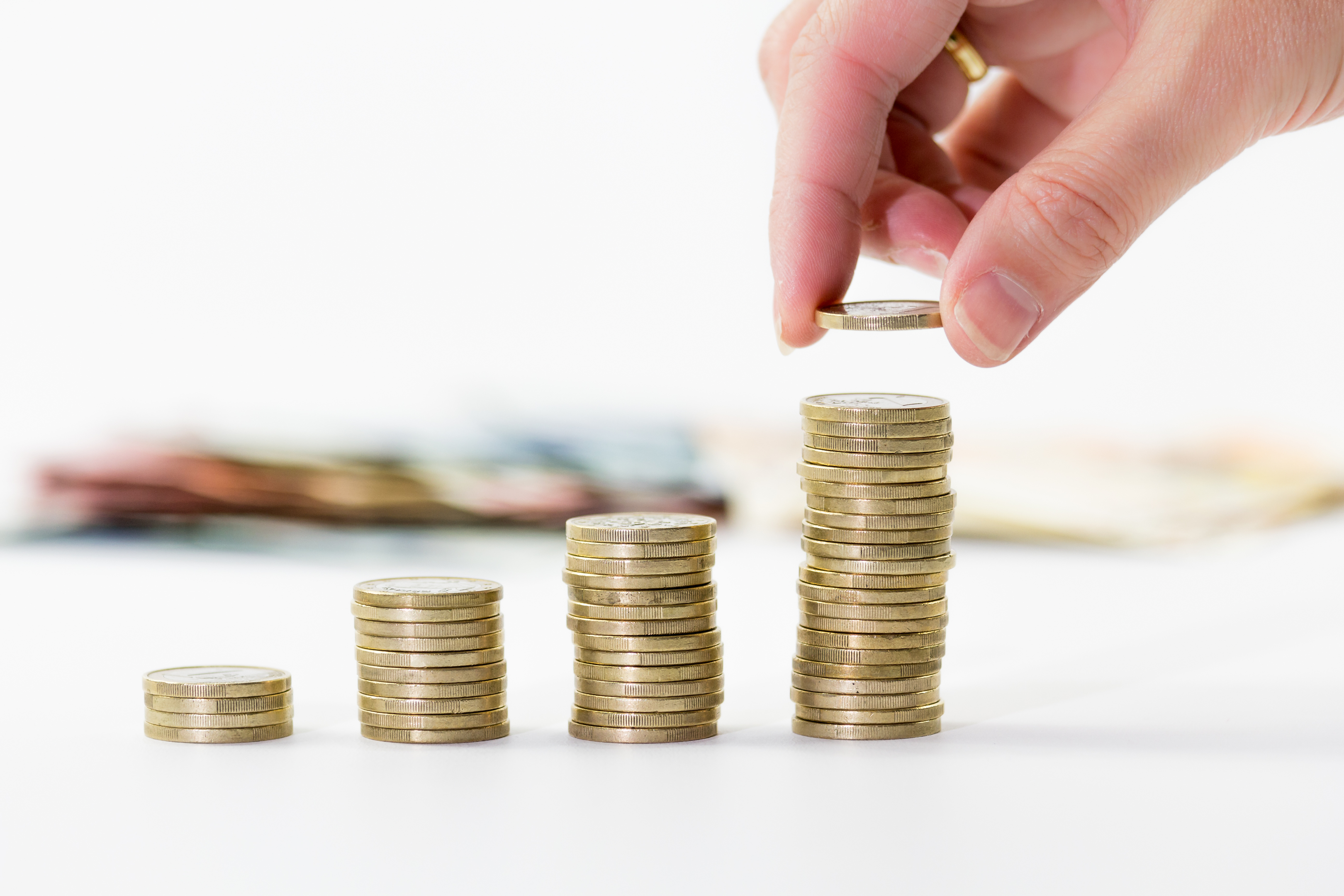
THE state pension age is set to rise from 67 to 68 from the year 2037.
Work and Pensions Secretary David Gauke made the announcement to MPs today, saying that the Government was accepting the recommendation made in the Cridland review earlier this year.
The change was originally planned to be implemented seven years later.
The changes will be brought in over two years.
Mr Gauke told the Commons that this timetable would reduce the rise by 0.4% of GDP in 2039/40 – equivalent to a saving of around £400 per household.
It would save £74 billion by 2045/46 compared with the previous proposals.
Mr Gauke said: “As the Cridland Review makes clear, the increases in life expectancy are to be celebrated, and I want to make clear that even the timetable for the rise that I’m announcing today, future pensioners can still expect on average more than 22 years in receipt of the state pension.
“But increasing longevity also presents challenges to the Government.
“There is a balance to be struck between funding of the state pension in years to come whilst also ensuring fairness for future generations of taxpayers.”

Enjoy the convenience of having The Sunday Post delivered as a digital ePaper straight to your smartphone, tablet or computer.
Subscribe for only £5.49 a month and enjoy all the benefits of the printed paper as a digital replica.
Subscribe